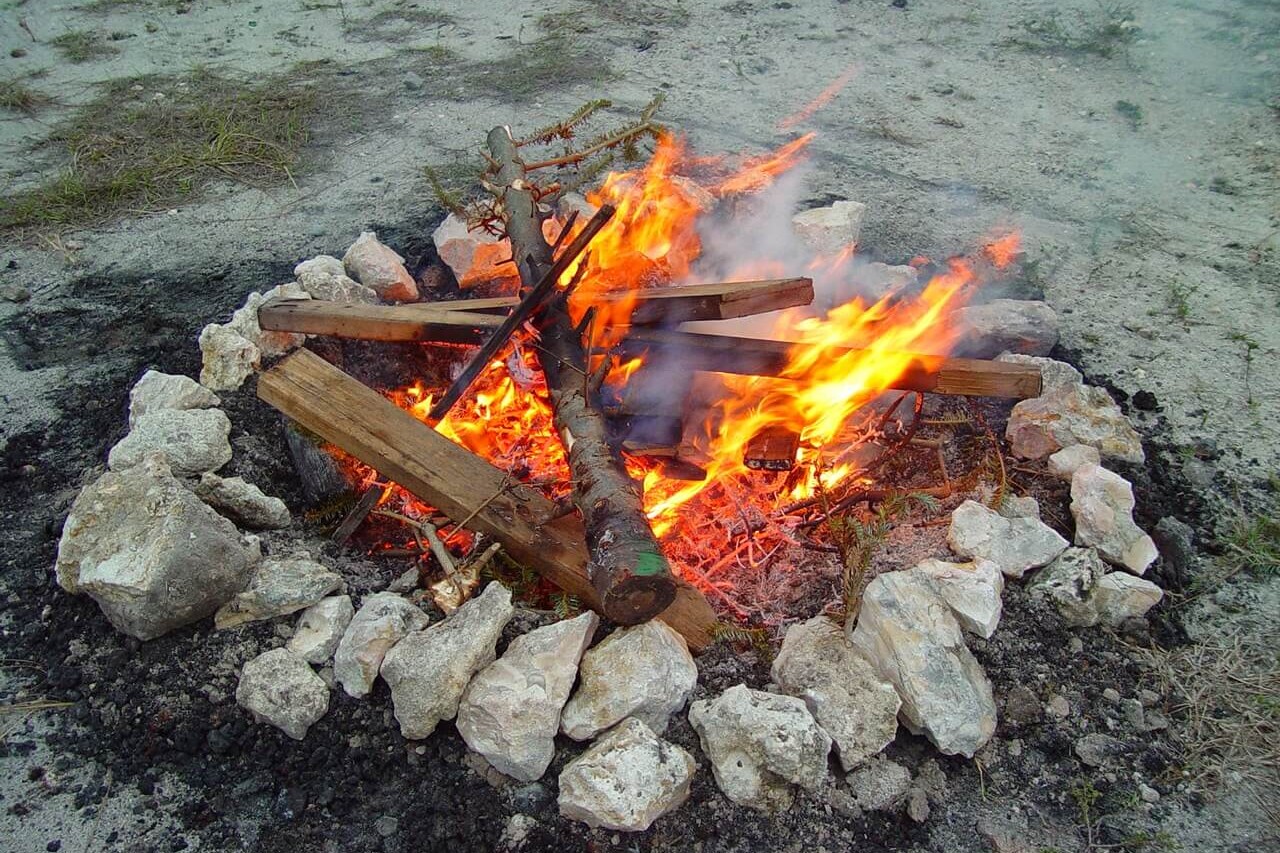This year, because the first night of Passover falls on Saturday night and it is not allowed to burn Chametz on Shabbat, Bedikat Chametz, the search for Chametz takes place on Thursday night, March 25. The home is thoroughly searched for any remaining chametz. The chametz found is then set aside to be burned in the morning. Biur Chametz, the destroying of the chametz, is the final step of pre-Passover preparations.
Why is the chametz burned? Burning is considered the ideal means of disposing of chametz. The Mishna cites Rabbi Judah, who said, “There is no removal of chametz except by burning.” The sages, however, maintain, “He [a person may] also crumble and throw it to the wind or cast it into the sea” (Pesachim 21a). In most years, on the morning before the seder, chametz may be eaten until the fourth halachic hour of the day.* Biur Chametz takes place before the end of the fifth halachic hour of the day.* This year, while the Biur Chametz takes place on Friday morning, Chametz may be eaten until the fourth hour of Shabbat which is the eve of Passover. Therefore, even after burning the general Chametz on Friday, Chametz (challah rolls) that will be eaten through Shabbat morning, may remain in the house.
In larger Jewish communities, there is frequently a designated location for Biur Chametz, often in conjunction with, and, at times, overseen by, the local fire department
.
All of the chametz thrown into the fire is burned so completely that even a dog would not eat it. While burning is the ideal way to destroy the chametz, those who are unable to do so due to timing or other limitations, may pour a chemical disinfectant such as cleaning fluid on them so that the chametz become unfit to be consumed even by a dog. Chametz may also be flushed down the toilet.
Normally, after all of the chametz has been destroyed, a proclamation of renouncing ownership is recited, fulfilling the biblical mitzvah of getting rid of the chametz: “Any chametz or leaven product that is in my possession, whether I have seen it or not, whether I have observed it or not, whether I have removed it or not, shall be considered null and ownerless as the dust of the earth.” This year, because the prohibition against eating chametz does not take effect until the end of the fourth hour of Shabbat, the decree of nullification is not recited until the fifth hour on Shabbat morning.
*The length of a halachic hour of the day is calculated by dividing the actual daylight hours from sunrise to sunset by 12.
NOTE: As with all Treats dealing with halacha (points of Jewish law), questions should be addressed to the local rabbi for practical application.
This Treat is reposted in honor of Passover.
Copyright © 2021 NJOP. All rights reserved.
Related Posts
Biur – Burning
The night before the Passover seder, the home is thoroughly searched for any remaining…
0 Comments2 Minutes
Biur – Burning
The night before the Passover seder, the home is thoroughly searched for any remaining…
0 Comments3 Minutes
Biur – Burning
The night before the Passover seder, the home is thoroughly searched for any remaining…
0 Comments3 Minutes
 Print This Page
Print This Page
